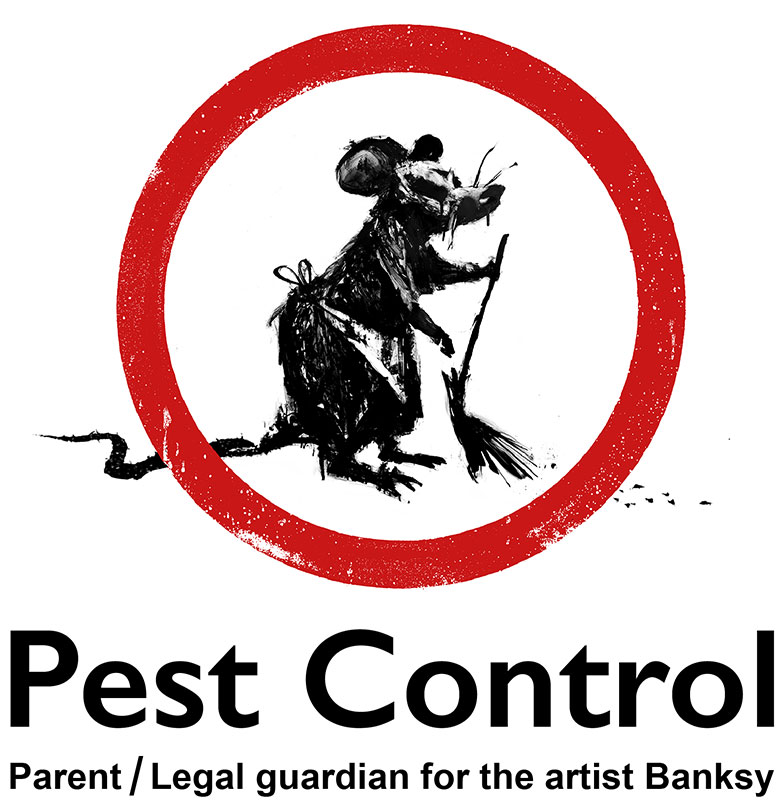A1 Pest Control Charlotte NC Bed Bugs - Expert Extermination Services
A1 Pest Control Charlotte NC Bed Bugs - Expert Extermination Services
Blog Article
Bed Pest Treatment Failure: Comparing Chemical Vs. Non-Chemical Solutions
In the realm of bug control, especially when managing the persistent issue of bed pests, the selection between chemical and non-chemical therapy remedies can be a pivotal one. Both strategies use distinct advantages and disadvantages, affecting aspects such as performance, safety and security considerations, and total price. By taking a look at the nuanced details of each method, a more clear understanding of which course to seek in attending to a bed insect infestation can be obtained.
Performance of Chemical Therapies
Chemical treatments for bed insect infestations have been commonly identified for their potent and quick effectiveness in eradicating these parasites. When thinking about the effectiveness of chemical treatments, it is critical to comprehend that they can give a complete and fast service to a bed insect trouble.
Furthermore, chemical therapies have the benefit of providing residual results, meaning that they can proceed to remove bed bugs even after the first application. This residual action is especially helpful in combating any kind of possible re-infestations. Furthermore, the rapid activity of chemical treatments can bring alleviation to individuals facing serious bed pest infestations, enabling them to regain control of their space quickly.
Safety And Security Interest In Chemical Solutions
One crucial aspect that requires cautious consideration when using chemical options for bed pest therapy is making sure the safety and security of passengers and the atmosphere. Exposure to particular chemicals made use of in bed bug treatments can lead to respiratory system problems, skin irritability, or other negative responses, specifically in people with pre-existing conditions or sensitivities.
Moreover, the environmental influence of chemical options is one more considerable factor to consider. Some pesticides used in bed insect therapies might be damaging to useful insects, wild animals, and environments if they seep right into the dirt or water supply. It is vital to use chemical therapies deliberately, complying with security standards, and thinking about much less toxic alternatives to reduce these dangers and make certain the secure and effective management of bed bug problems.
Advantages of Non-Chemical Methods
Thinking about the potential security concerns and ecological influence associated with chemical remedies for bed pest treatment, exploring non-chemical approaches offers an encouraging option with numerous unique benefits. Non-chemical therapies are eco pleasant, as they do not add to air or water contamination, making them a sustainable option for pest control.
In addition, non-chemical services can be effective in targeting bed insects, including hard-to-reach pest control for locations where chemical therapies might not pass through. Methods such as warmth treatment, vacuuming, heavy steam cleansing, and mattress encasements offer detailed obliteration without the use of dangerous chemicals. Moreover, non-chemical approaches can be much less turbulent, calling for marginal prep work and enabling quicker reentry into dealt with locations. Generally, choosing non-chemical bed bug therapy approaches not only prioritizes security and environmental management however also makes certain reliable and detailed pest control.
Limitations of Non-Chemical Treatments

Furthermore, non-chemical therapies typically need numerous applications to attain successful elimination. This can be time-consuming and might not always assure full elimination of all bed pests and their eggs, specifically in hard-to-reach or surprise places.
In addition, the success of non-chemical treatments heavily relies upon appropriate application and thoroughness, which can be challenging for individuals without professional expertise. Poor application of non-chemical approaches may cause incomplete eradication, bring about persistent problems and the requirement for additional therapies.
As a result, while non-chemical treatments have their advantages, it is vital to recognize these constraints and consider them when identifying one of the most reliable strategy for taking care of bed insect invasions.
Expense Contrast: Chemical Vs. Non-Chemical Options
Offered the constraints linked with non-chemical treatments, a crucial facet to evaluate in the context of bed insect administration is the cost comparison in between chemical and non-chemical alternatives. In contrast, non-chemical treatments like heat therapy or steam can be a lot more expensive, with prices varying from $1,000 to $6,000 for try these out an entire home. While the first cost of chemical treatments might appear reduced, several therapies may be needed to completely eradicate the infestation, potentially raising the overall expense.
Verdict

Taking into consideration the prospective safety and security issues and ecological influence associated with chemical services for bed insect therapy, discovering non-chemical methods provides an encouraging alternative with a number of distinctive benefits.Offered the limitations connected with non-chemical treatments, a necessary aspect to examine in the context of bed pest management is the expense contrast in between chemical and non-chemical alternatives. In comparison, non-chemical treatments like warmth treatment or heavy steam can be much more costly, with costs varying from $1,000 to $6,000 for an entire home. While the initial expense of chemical therapies may seem lower, numerous treatments might be required to completely eradicate the problem, potentially enhancing the general cost.In verdict, when comparing chemical and non-chemical bed home pest removal bug therapy options, it is essential to think about performance, safety and security, advantages, constraints, and expense.
Report this page